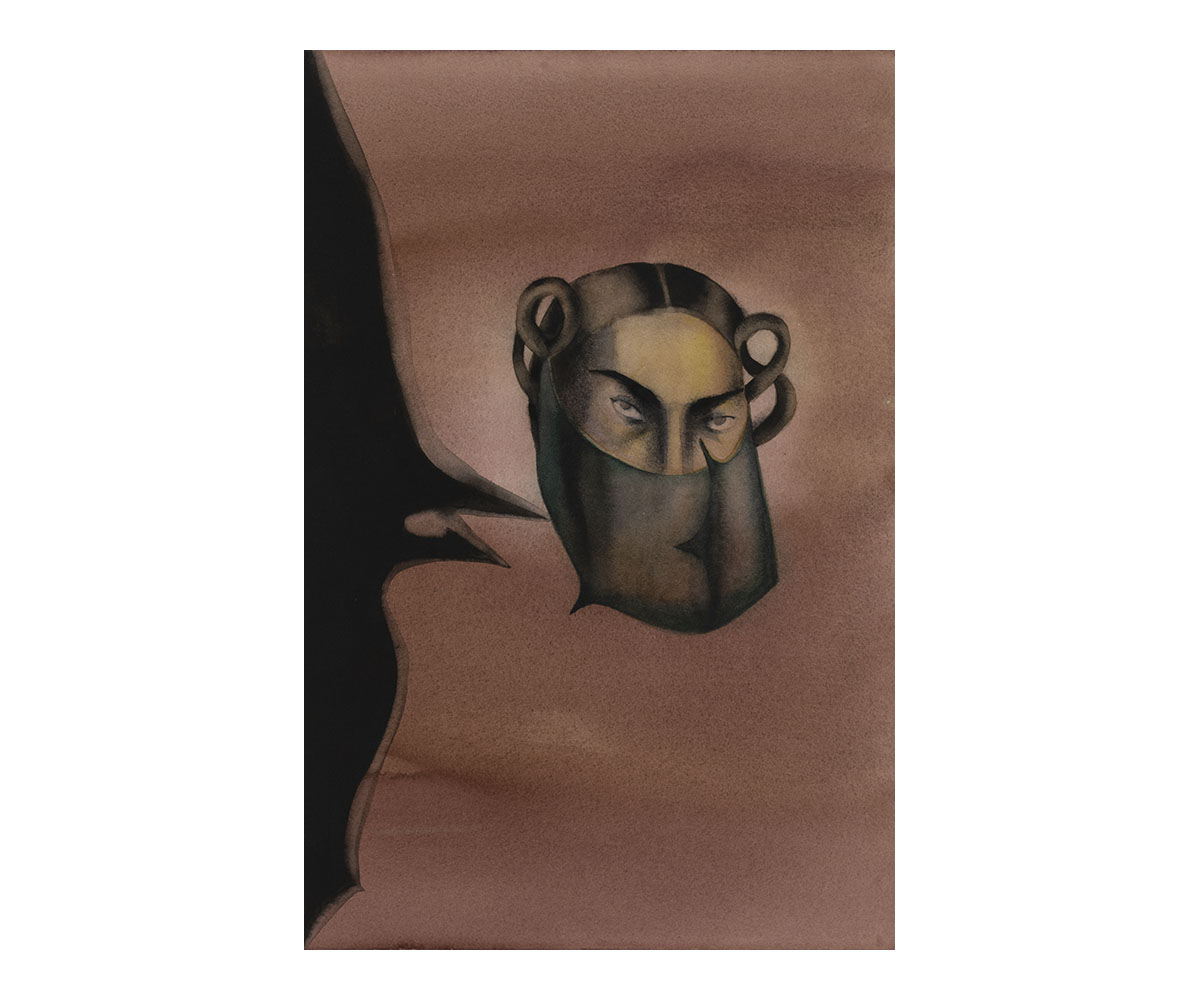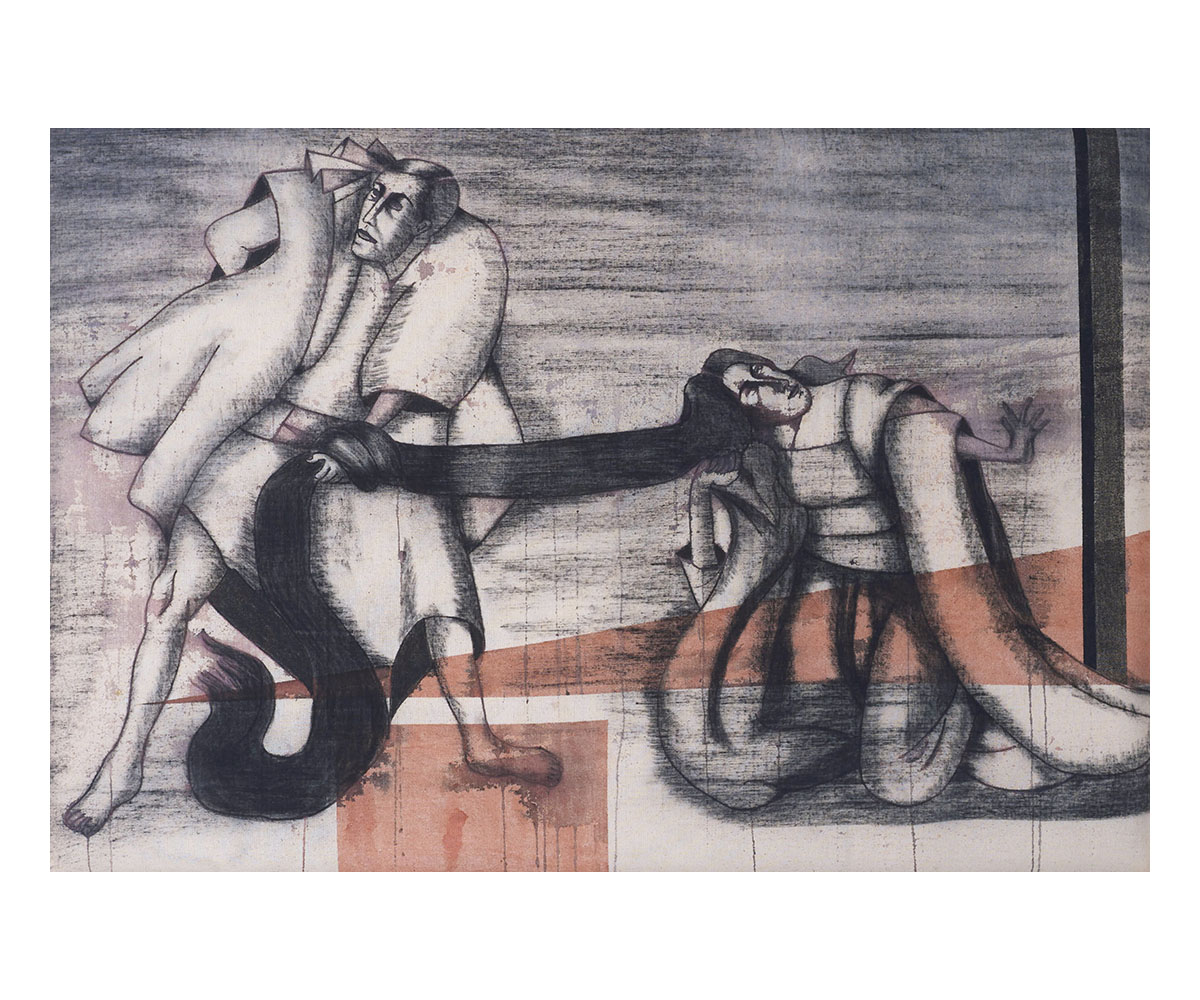ARTICLE
Anju Dodiya
Dodiya has been exhibited widely and her solo exhibitions have been mounted at the Lakshmi Vilas Palace (Baroda, India), Chemould Prescott Road (Mumbai, India), Vadehra Art Gallery (New Delhi, India), Bikaner House (New Delhi, India), and Galerie Daniel Templon (Paris, France), among other institutions. Her work has been shown at institutions such as Chicago Cultural Centre (USA), National Museum of China (Beijing), Kochi Muziris Biennale (Kochi, India), Venice Biennale (Venice, Italy), Jehangir Nicholson Art Foundation (Mumbai, India), Grosvenor Vadehra (London, UK), and National Gallery of Modern Art (Mumbai and New Delhi, India) among others. Her work forms part of several important private and public collections including Burger Collection (Hong Kong, China), Art Institute of Chicago (USA), Zabludowicz Collection (London, UK), Kiran Nadar Museum of Art (New Delhi, India) and Devi Art Foundation (New Delhi, India), among others.
Dodiya is married to fellow artist Atul Dodiya and at the time of writing, she lives and works in Mumbai.
Bibliography
Our website is currently undergoing maintenance and re-design, due to which we have had to take down some of our bibliographies. While these will be re-published shortly, you can request references for specific articles by writing to hellomapacademy@map-india.org.









![The façade of the Maneckji Seth Agiary, a Zoroastrian fire temple, is a standout example of the popularity of the Persian Revival Style in Western India in the 19th and 20th centuries. This style was often seen in the architectural patronage of the Parsis, who emerged as one of the most influential mercantile communities of British India. Popular motifs of this style, like the mythical lamasus (winged bulls with human heads) and the faravahar (a winged guardian spirit in Zoroastrianism), drew on the historical art and architecture of the Achaemenid and Sasanian empires from sites like Persepolis, Bisotun, Taq-e Bostan, Naqsh-e Rostam and Naqsh-e Rajab in Persia.
The Parsi community’s adoption of this style occurred largely due to their networks of global commerce and politics, allowing them to access and translate research of ancient Persia into visible symbols that underlined their association with antiquity, imperial power, and art.
نمای آتشکدهی زرتشتی مانِکجی سِت نمونهی بارزی از رواج سبک «احیای [معماری] ایرانی» در غرب هند طی سدههای نوزدهم و بیستم است. این سبک غالباً در بناهایی دیده میشد که پارسیان، از بانفوذترین جوامع بازرگان در هند بریتانیا، بانیشان بودند. نقشمایههای محبوب این سبک، مانند گاو بالدار اساطیری (لاماسو) و فَروَهَر (روح بالدار نگهبان در دین زرتشت)، برگرفته از هنر و معماری شاهنشاهی هخامنشی و ساسانی، در جاهایی چون تخت جمشید و بیستون و طاق بستان و نقش رستم و نقش رجب، بود.
اقتباس جامعهی پارسیان از این سبک بسیار مرهون روابط گستردهی تجاری و سیاسی آنها بود که دسترس به پژوهشها دربارهی ایران باستان و برگردانیدن آنها به نمادهای بصری را ممکن میکرد و بر پیوند پارسیان با دوران باستان و قدرت شاهنشاهی و هنر تأکید میکرد.](https://mapacademy.io/wp-content/plugins/instagram-feed/img/placeholder.png)
